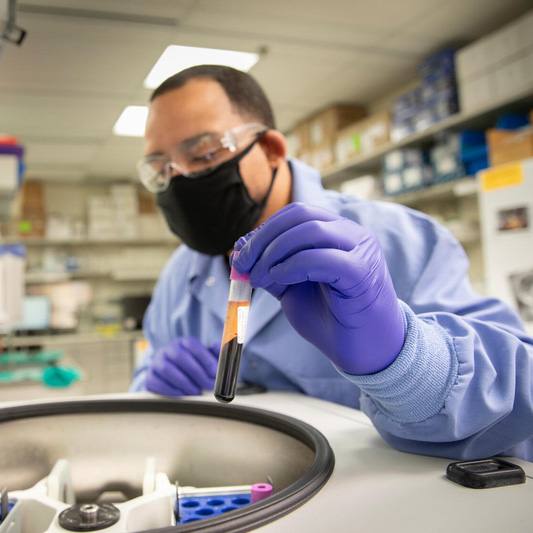-
Featured News
Infectious Diseases A-Z: Salmonella safety
Salmonella infection is one of the most common forms of foodborne illness in the U. S.
The Centers for Disease Control and Prevention estimates 1 million people become sick and 380 people die each year from the bacterial disease. Dr. Nipunie Rajapakse, a Mayo Clinic pediatric infectious diseases specialist, says salmonella bacteria often are found in poultry products, "so chicken and eggs tend to be the biggest culprits."
Watch: Dr. Nipunie Rajapakse explains salmonella infection
Journalists: Broadcast-quality sound bites are available in the downloads.
Salmonella bacteria typically live in animal and human intestines. They usually are transmitted to people when they eat foods contaminated with the bacteria. However, salmonella bacteria also can be transmitted through contact with animals or their environment. Some pets, particularly birds and reptiles, can carry salmonella bacteria.
Dr. Rajapakse says, "Salmonella infection can cause a variety of symptoms. Most commonly, it causes some abdominal pain, nausea and diarrhea."
"For most healthy people, salmonella infection is generally quite mild," says Dr. Rajapakse. "They may have some diarrhea, and symptoms can go away over time without needing any specific treatment. However, people who have weakened immune systems, young children, pregnant women, or people who have other issues with their digestive system may have more severe symptoms. Generally, most healthy people don’t require antibiotics to treat salmonella infection."
Prevent salmonella infection by:
- Practice good hand hygiene.
Wash your hands after handling raw meat or poultry. - Prevent cross-contamination.
Wash kitchen work surfaces, and utensils with soap and water immediately after they have been in contact with raw meat or poultry. - Avoid eating raw eggs or foods that contain raw eggs.
If you must consume raw eggs, make sure they've been pasteurized







